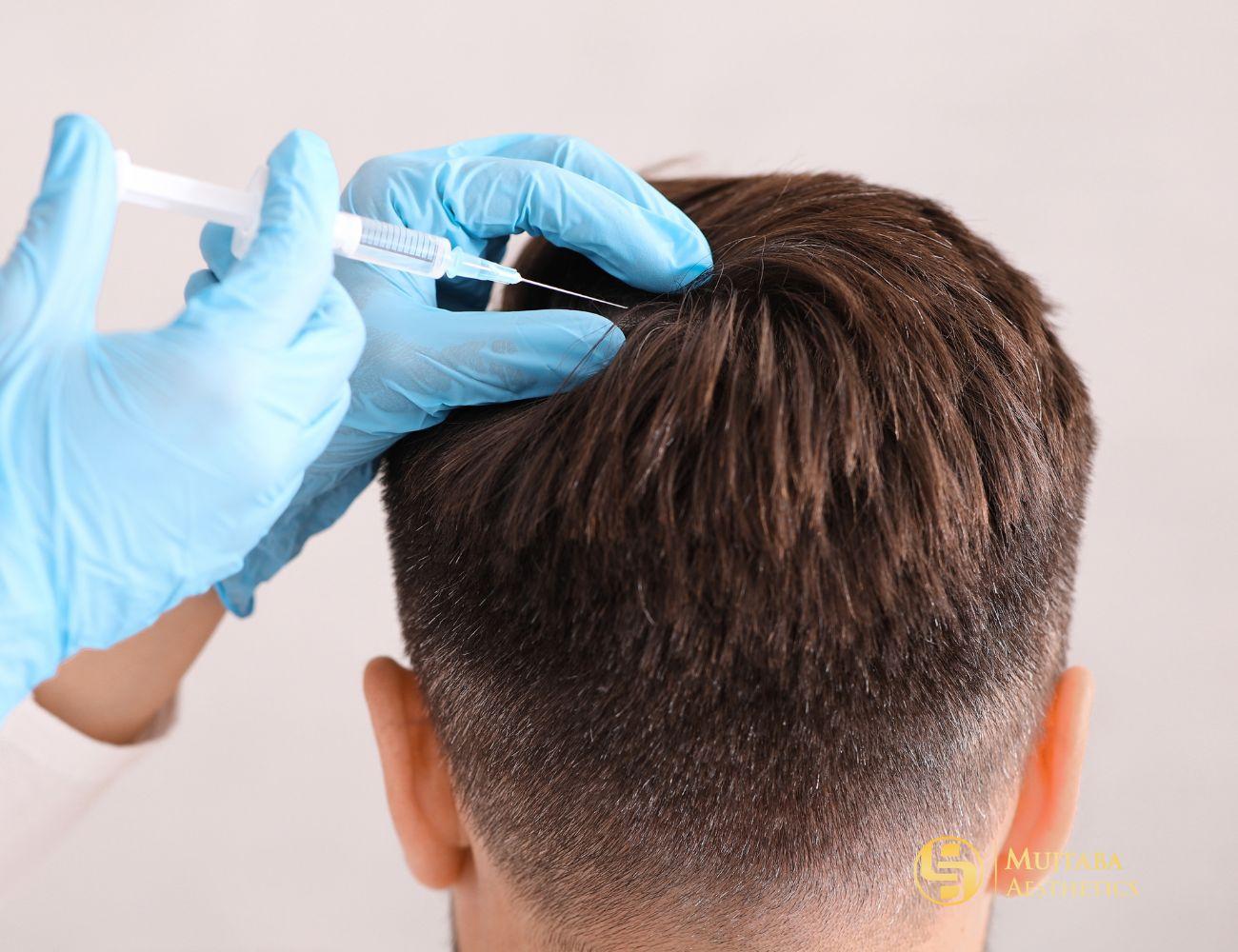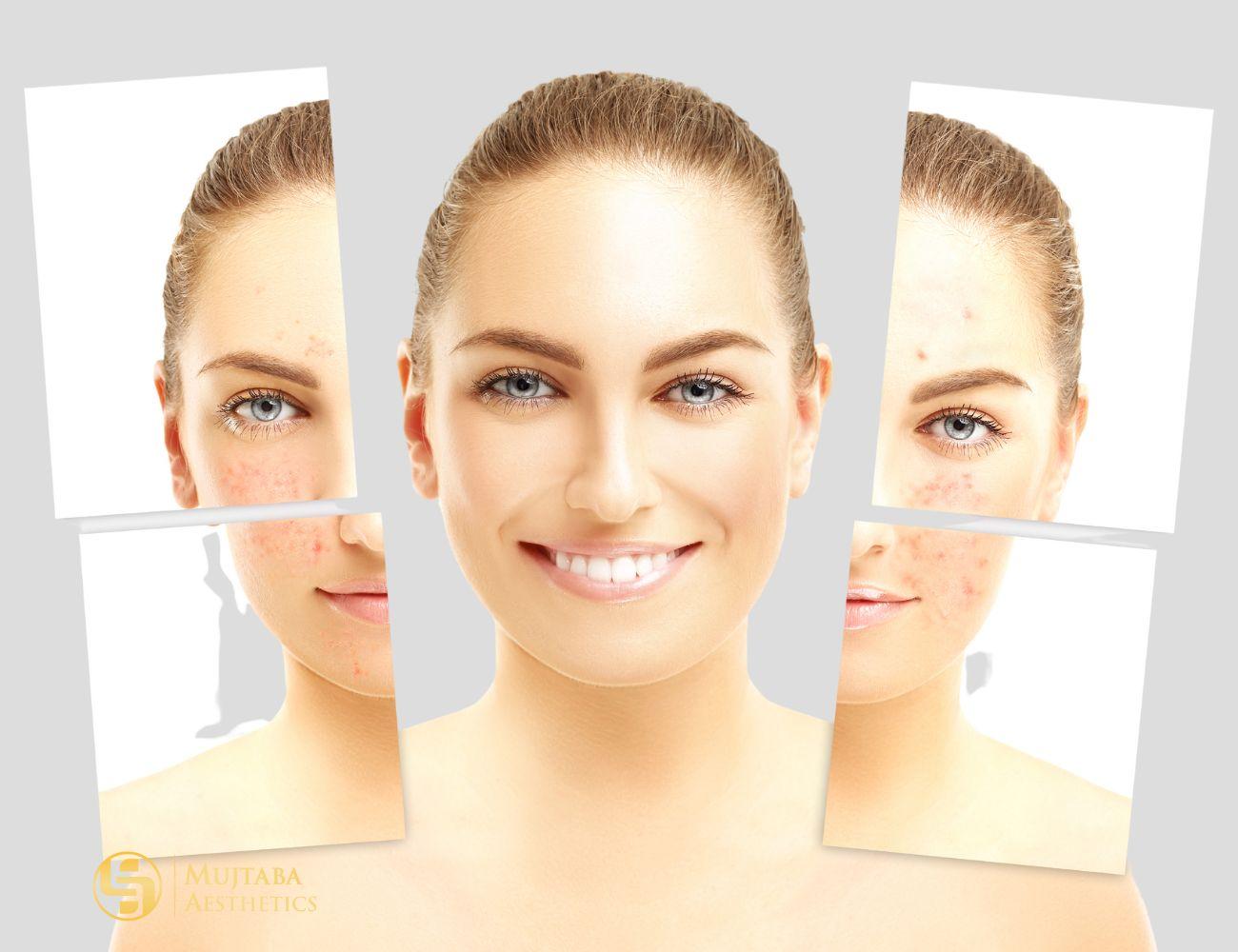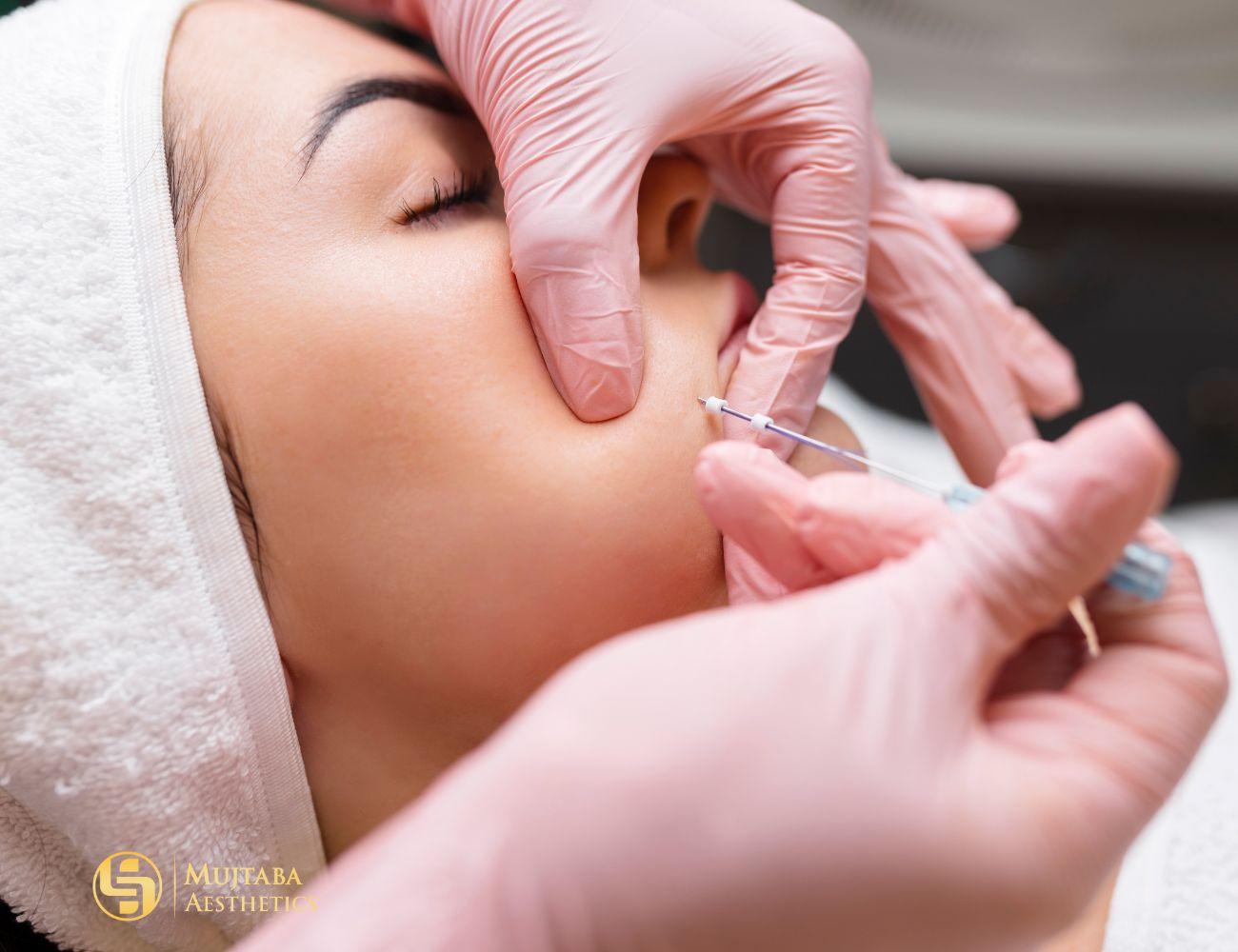In the ever-evolving world of hair restoration, one method has stood the test of time and garnered a loyal following among those seeking to regain their lush locks and confidence: PRP hair restoration. Platelet-Rich Plasma (PRP) therapy has emerged as a long-standing favorite in the realm of hair rejuvenation, and for good reason. In this blog post, we’ll delve into the fascinating world of PRP hair restoration and explore the reasons behind its enduring popularity. From its natural approach to hair regrowth to its impressive track record, we’ll uncover what sets PRP apart and why it continues to be a trusted choice for individuals looking to reclaim their crowning glory. Whether you’re considering PRP therapy for yourself or simply curious about this innovative technique, read on to discover why PRP hair restoration remains one of the top contenders in the quest for beautiful, healthy hair.
Table of Contents
Brief History of PRP
Platelet-Rich Plasma (PRP) therapy had its origins in the 1970s when it was initially developed to address conditions such as arthritis, muscle strains, and knee injuries. This therapeutic approach leverages the body’s natural healing processes during the early phases of inflammation and cell regeneration.
The applications of PRP therapy have since expanded to various medical specialties, including cardiac surgery, pediatric surgery, gynecology, plastic surgery, and ophthalmology, reflecting its versatility and effectiveness in promoting healing and tissue regeneration across diverse healthcare fields.
However, it was in the early 2000s that PRP started making waves in the world of hair restoration. Researchers and clinicians began exploring its potential to stimulate hair growth and combat hair loss. This transition marked a significant turning point, as PRP therapy began to be recognized as a viable, non-surgical solution for individuals grappling with hair thinning and baldness. Over the years, as the technique evolved and its effectiveness became more apparent through clinical studies and patient testimonials, PRP hair restoration solidified its status as a long-standing favorite in the realm of hair rejuvenation.
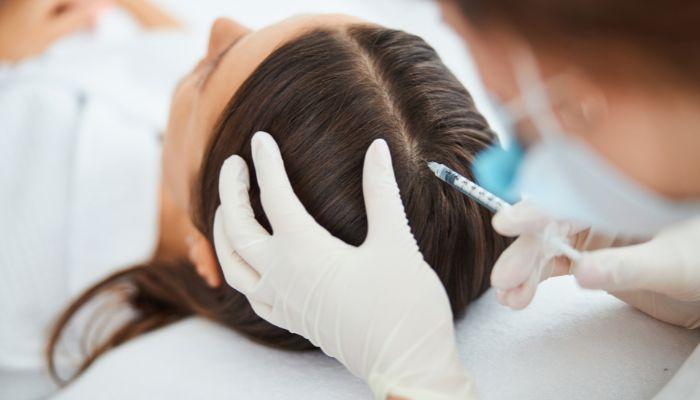
PRP and Hair Growth
PRP or Platelet-Rich Plasma is now lauded for its ability to promote the regeneration of dormant hair follicles, improve scalp health, and yield natural-looking results without the need for invasive surgical procedures. Its non-surgical, minimally invasive nature and proven effectiveness have made PRP a go-to option for those seeking to revitalize their locks and regain confidence in their appearance.
The 3-Step PRP Therapy Process
Bood Draw: The first step in PRP therapy involves a simple blood draw, much like when you have a routine blood test. A small amount of your blood, typically around 30-60 milliliters, is collected from your arm. This blood sample is then placed in a specialized centrifuge machine.
Plasma Separation: The collected blood is spun in the centrifuge at high speeds. This spinning action separates the blood into different components based on their densities. After centrifugation, the red blood cells, white blood cells, and plasma are separated. What remains is a concentrated plasma rich in platelets and growth factors, which is the key component of PRP.
- PRP Application: In the final step, the concentrated PRP is carefully prepared for application. It is then injected or topically applied to the areas of the scalp experiencing hair thinning or loss.
The growth factors and other bioactive substances within the PRP work to promote hair follicle health, increase blood circulation to the scalp, and awaken dormant hair follicles, ultimately leading to improved hair growth and thickness.
Top 10 Reasons Why PRP Remains the Preferred Choice for Hair Restoration
- Natural-Looking Results: PRP hair restoration provides natural-looking results. The regrowth stimulated by PRP therapy closely resembles your existing hair in terms of color, texture, and density, ensuring a seamless integration with your natural hairline.
- Minimally Invasive and Painless: PRP treatments are are minimally-invasive and local anesthesia or numbing cream is often used to ensure patient comfort during the procedure.
- Enhanced Scalp Health: PRP therapy not only promotes hair growth but also improves scalp health. It stimulates blood flow and nourishment to the hair follicles, creating a healthier environment for hair growth.
- Improved Hair Quality: PRP not only promotes hair growth but also enhances the quality of existing hair, making it thicker and stronger.
- Minimal To No Downtime: Patients can usually resume their normal activities immediately after PRP treatment. There’s no need for extended downtime or time off work.
- Quick Procedure: PRP sessions are relatively quick, typically taking less than an hour from start to finish.
- No Scarring: Unlike surgical hair restoration procedures, PRP leaves no scars or visible signs of treatment, making it a discreet option.
- Suitable for Various Hair Types: PRP is effective for both men and women with different hair types and patterns of hair loss.
- Customized Treatment Plans: PRP therapy can be tailored to each patient’s specific needs and goals, ensuring a personalized approach to hair restoration.
- Complementary Treatment: PRP can be used in conjunction with other hair restoration techniques, such as hair transplants or medications like minoxidil and finasteride, to enhance their effectiveness and promote better outcomes.
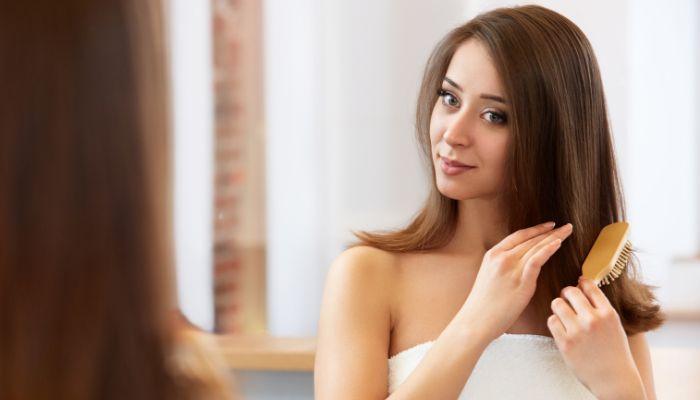
Maintenance and Follow-Up
Regular PRP treatments are essential for achieving long-lasting results in hair restoration. While individual results may vary, most individuals will typically require multiple PRP sessions spaced over several months to optimize hair growth and thickness. These follow-up sessions help sustain the positive effects of PRP therapy by continually stimulating the hair follicles and maintaining the improved hair quality. The exact frequency and number of sessions needed will depend on the individual’s unique needs and the severity of their hair loss. Consistency is key, as PRP treatments can help slow down or even reverse hair loss over an extended period, making it a reliable choice for those seeking enduring improvements in hair health and appearance.
Summary
In conclusion, PRP (Platelet-Rich Plasma) Hair Restoration has rightfully earned its status as a long-standing favorite in the realm of hair loss solutions. Its natural, non-surgical approach, coupled with the science-backed effectiveness in stimulating hair growth, makes it an appealing choice for many. PRP has not only proven its worth in addressing various hair loss concerns but has also demonstrated a remarkable safety profile.
Moreover, the longevity of PRP’s popularity is sustained by countless success stories and satisfied individuals who have witnessed tangible improvements in their hair quality and quantity. With regular maintenance and follow-up treatments, PRP continues to offer the promise of enduring results, making it a reliable and attractive option for those seeking to regain their confidence and enjoy a fuller head of hair.
Don’t hesitate to explore PRP Hair Restoration if you’re considering an effective and minimally invasive solution to hair loss—it might just become your favorite too!

